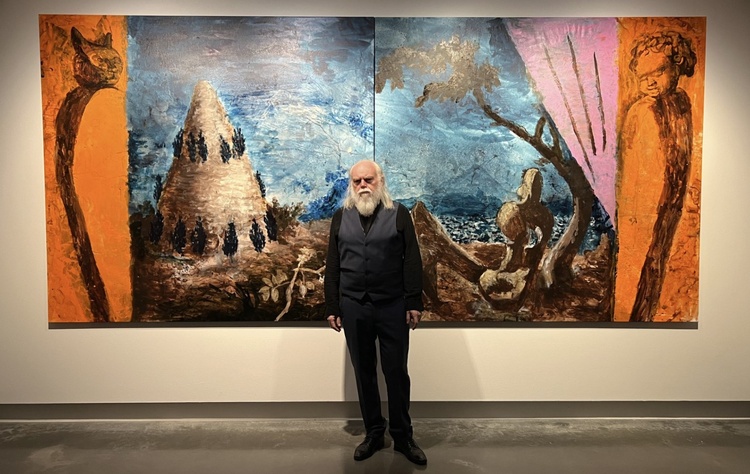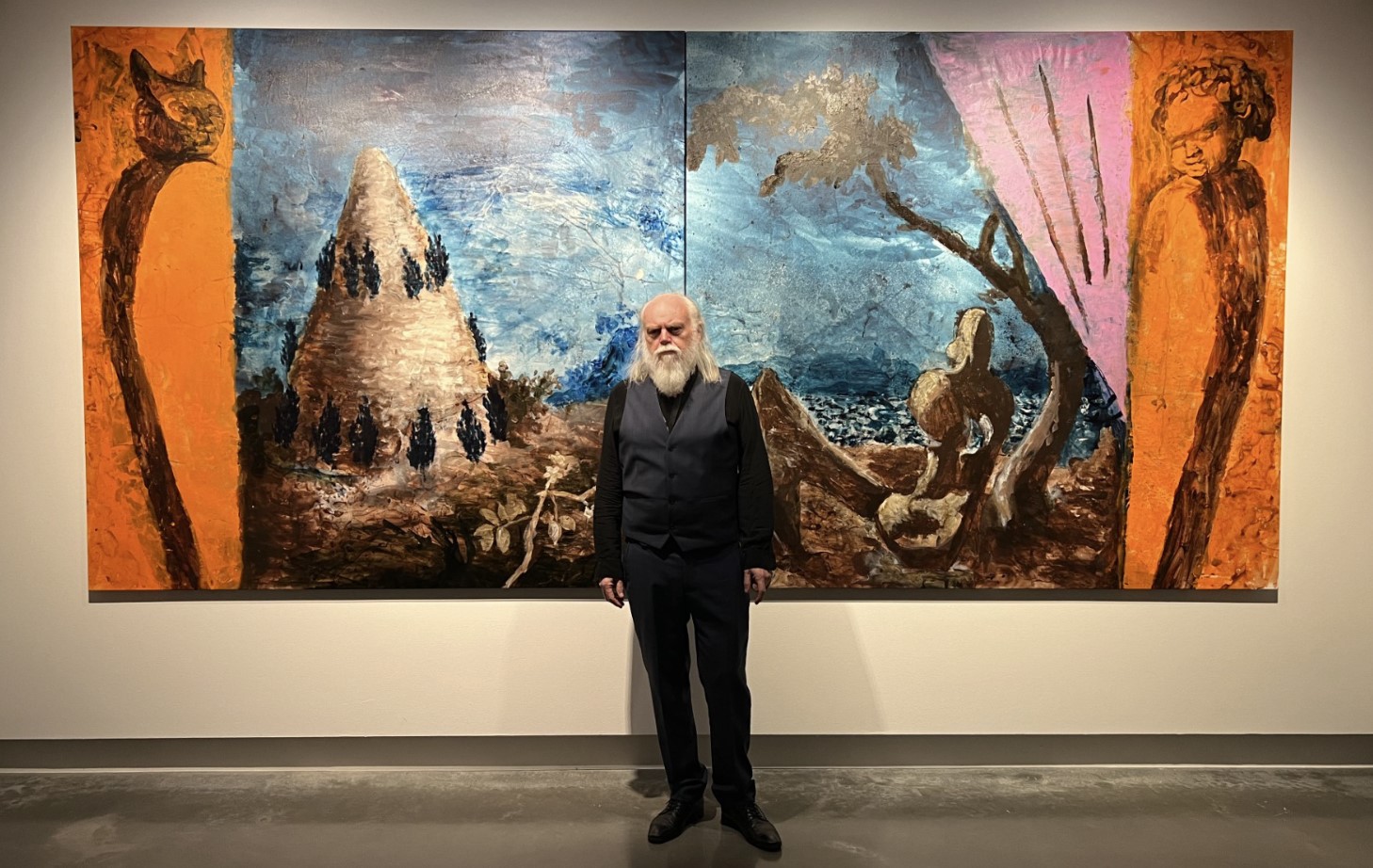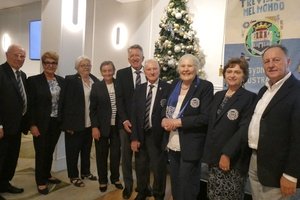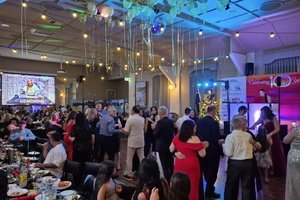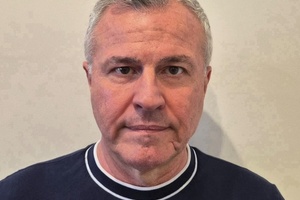Spanning over four decades of artistic practice, the exhibition highlights his remarkable ability to transcend boundaries, genres and disciplines.
Presented by The University of Melbourne and hosted at Buxton Contemporary, the extensive showcase will run from November 1, 2024, to June 1, 2025.
Tony Clark: Unsculpted explores the artist’s longstanding interest in depicting sculptural relief through painting, offering a fresh perspective on his prolific career that is distinct from his well-known Myriorama landscape paintings.
“In all my years of painting, I’ve worked on countless pieces and drawings that, in some ways, reference sculpture,” said Clark.
“It’s not that I feel like a frustrated sculptor, but it’s always fascinated me.
“The best example is Andrea Mantegna’s magnificent paintings from the Renaissance, where sculpture symbolised classical culture. His work has greatly inspired me.
“It was also a revelation, even for me, to rediscover hundreds of drawings and sketchbooks in storage in Melbourne that I had done and forgot.
“These were then translated into sculptures by my fellow artist and friend, Joanne Ritson, forming the Jasperware series featured in the exhibition.”
Tony Clark: Unsculpted features several collaborations. Choreographer Shelley Lasica presents a new solo performance, while British composer Kevin Flanagan has created an overture for the exhibition, performed live at the opening by students from the Melbourne Conservatorium of Music.
After months of tireless work and keeping the pieces hidden from his closest friends and family, Clark unveiled his latest show to a packed room during a moment that still fills him with genuine pride.
Reflecting on his artistic journey, he embraces new projects and fresh ways of interpreting his vision.
Among the highlights of the exhibition are the Chinoiserie, Jasperware, and Prix de Rome series, which draw from historical influences and take inspiration from Renaissance illusionistic paintings by Andrea Mantegna and the sculpted motifs of Wedgwood porcelain, showcasing the sculptural potential of painted images.
“Throughout Western art history, references to sculpture have carried expressive meanings,” Clark explained.
“They’ve often been a way for painters to declare a connection to the past, even when the painting style or technique is unmistakably modern.
“The best paintings of this kind aren’t nostalgic evocations but rather glimpses of a possible future.”
Creating this new exhibition also gave Clark a more holistic view of his personal journey, which began in Australia and continued in the heart of Rome.
His parents moved there for work when he was only seven. “They stayed for twenty-five years, and although I attended an English-speaking school, I learnt Italian and immersed myself in the local culture,” he shared.
“Living in central Rome during the '60s and '70s was magical; there was a captivating atmosphere that still feels alive today.
“My love for Italy even led me to buy a house in Sicily, first in Ortigia and later in Militello in Val di Catania, the hometown of Pippo Baudo,” he smiled.
“I go as often as I can. Militello, in particular, is rich with Baroque architecture.”

Some of the work on display at the ‘Tony Clark: Unsculpted’ exhibition at Buxton Contemporary. (Photo: Christian Capurro)
After earning a degree in Art History in England and returning to Australia to teach, Clark’s artistic drive emerged almost “out of nostalgia”.
“I had come back to Melbourne but couldn’t forget Italy,” he said.
“I began making art by painting landscapes reminiscent of the eighteenth-century works created by foreign artists who travelled to Rome for its breathtaking scenery and classical heritage.”
With Tony Clark: Unsculpted, the celebrated Australian artist, with his deeply Italian heart, aims to connect with a new generation of admirers as well as his peers who are familiar with his previous work.
As for the future, both of art and his career, he remains fearless, intent on continuing to “create and resolve” ideas that have occupied his mind for years.
“Every morning, I wake up and start painting, driven by a dream or a creative need,” Clark explained.
“The challenges of contemporary art are what they are, influenced by AI and the metaverse.
“As significant as they are, I can’t reinvent myself entirely. My focus is on continuing the projects I started years ago and resolving them.
“Most importantly, I hope what I do will always hold meaning.”

